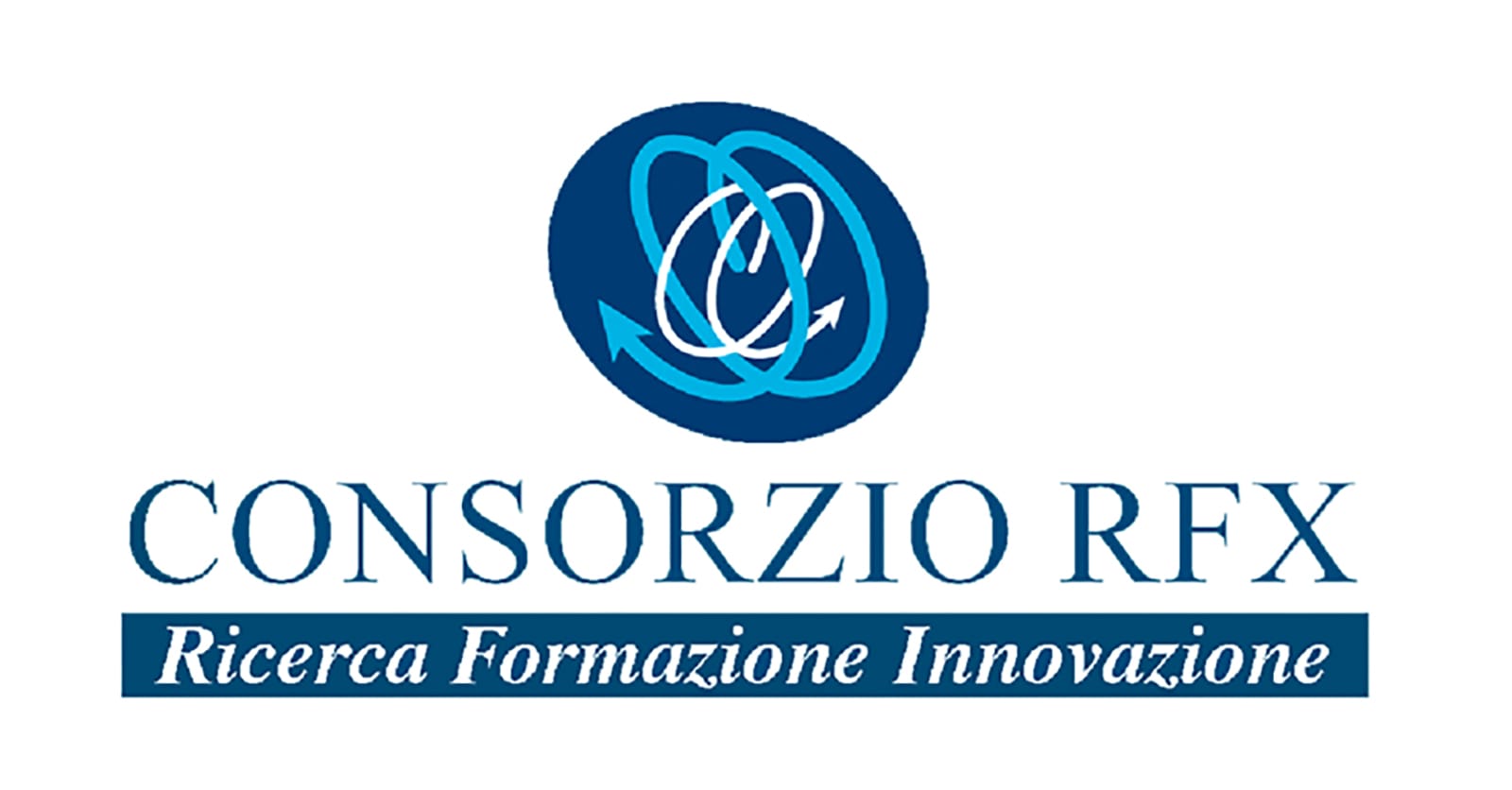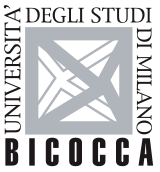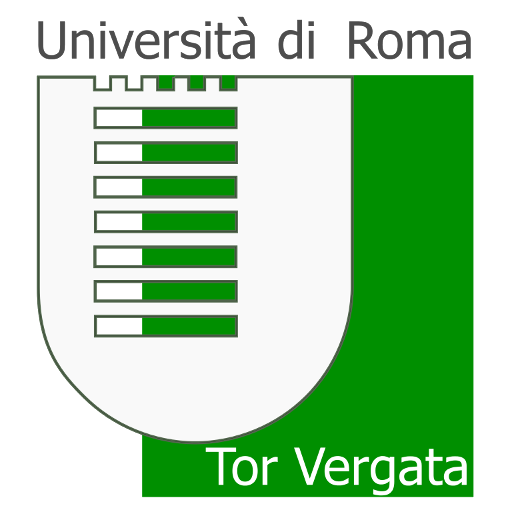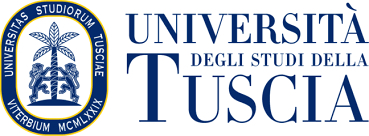|
Q. . [se del caso - Per gli operatori economici non residenti e privi di stabile organizzazione in Italia] si impegna ad uniformarsi, in caso di aggiudicazione, alla disciplina di cui agli articoli 17, comma 2, e 53, comma 3 del d.p.r. 633/1972 e a comunicare a DTT la nomina del proprio rappresentante fiscale, nelle forme di legge; |
|
A. (Lotto 1 e Lotto 2) In questo caso, l’obbligo di avvalersi del rappresentante fiscale Iva non sussiste in quanto le operazioni effettuate sono direttamente qualificabili come acquisti o cessioni intracomunitari tra le parti contraenti, si applicherà il reverse charge versando direttamente l’iva. |















